Non-surgical Procedure
Injectables
Injectables
Fat Transfer
(Autologous Fat Grafting)
Fat Transfer is a natural, non-surgical aesthetic procedure that involves harvesting fat from one area of your body—typically the abdomen, thighs, or flanks—and reinjecting it into areas that require volume restoration or enhancement. This dual-purpose treatment not only sculpts the donor area but also restores youthful contours to the face, hands, breasts, or buttocks.
It’s ideal for patients seeking a longer-lasting, natural filler alternative without synthetic materials.
How Does It Work?
Fat is gently removed from the donor area using a small cannula and liposuction technique. The extracted fat is purified and then precisely reinjected into the target area using microinjections. The goal is to enhance volume, contour, and structure with natural, living tissue from your own body.
Common Treatment Areas
- Face: To restore lost volume in cheeks, under-eyes, nasolabial folds, and temples
- Hands: To rejuvenate aged, veiny hands with thinning skin
- Breasts: For subtle enhancement or post-lumpectomy reconstruction
- Buttocks: For contouring or subtle augmentation (Brazilian Butt Lift - BBL)
- Scars and Depressions: To fill in irregularities and improve skin texture
Duration of Results
Fat transfer results are considered long-lasting or semi-permanent. Some of the transferred fat may be reabsorbed by the body within the first few months, but the fat that survives integrates with your tissue and remains permanently.
Improvement continues over time as new blood supply forms to support the transferred fat.
Benefits of Fat Transfer
- Uses your own tissue—no synthetic fillers or implants
- Natural-looking and feeling results
- Long-lasting volume restoration
- Slims the donor area while enhancing another
- Minimal downtime compared to surgical implants
Safety and Considerations
Fat transfer is generally safe when performed by an experienced practitioner, but like all procedures, it carries some risks. Possible side effects include bruising, swelling, infection, lumpiness, or asymmetry. In rare cases, fat embolism may occur.
Multiple sessions may be required to achieve desired volume and symmetry, particularly in larger areas such as the breasts or buttocks.
Fat grafting is not ideal for smokers or individuals with poor circulation, as these conditions may reduce fat cell survival.
Is Fat Transfer Right for You?
You may be a good candidate if you:
- Have areas of the body with excess fat for harvesting
- Want natural enhancement without foreign substances
- Prefer longer-lasting results over temporary fillers
- Are in good overall health and have realistic expectations
- Are seeking subtle, natural-looking rejuvenation
have a question?
Fat Transfer: Frequently Asked Questions
How is the fat harvested for the transfer?
Fat is gently extracted from a donor area, most commonly the abdomen, thighs, or flanks, using a specialized liposuction technique with a small, thin cannula. This process is designed to minimize trauma to the fat cells, ensuring their viability for transfer
.How long do the results of a fat transfer last?
Fat transfer results are considered long-lasting or semi-permanent. While some initial reabsorption of fat cells may occur in the first few months, the fat that successfully integrates and establishes a new blood supply will remain permanently in the treated area, providing enduring volume and contour.
Is fat transfer a suitable alternative to synthetic dermal fillers?
Yes, fat transfer is an excellent natural alternative to synthetic dermal fillers, especially for patients seeking longer-lasting volume restoration without introducing foreign substances into their body. It uses your own natural tissue, which minimizes the risk of allergic reactions.
Can fat transfer be used for significant breast or buttock augmentation?
While fat transfer can provide subtle enhancement and contouring for breasts and buttocks (as in a Brazilian Butt Lift – BBL), it may not achieve the dramatic increase in size that can be accomplished with surgical implants. Multiple sessions might be necessary for more significant volume changes.
What are the typical recovery and downtime after a fat transfer?
Recovery typically involves some bruising, swelling, and mild discomfort in both the donor and recipient areas. Most patients can resume light activities within a few days to a week. Strenuous exercise should be avoided for several weeks, and final swelling may take a few months to fully subside.
Are there any individuals who are not good candidates for fat transfer?
Fat grafting is generally not ideal for smokers or individuals with poor circulation, as these conditions can significantly reduce the survival rate of the transferred fat cells. Additionally, patients who do not have sufficient excess fat for harvesting would not be suitable candidates.



